Another cut in interest rates, and the surprise here was that more consideration was given to a bumper half a percentage point cut in rates today, as the UK's economic stagnation is forecast to extend into the first part of this year.
If everything was equal, the assumption would be that the weak economy would now lead to further gradual cuts this year, bringing interest rates down to 4% or lower by the end of the year.
But the stagnant economy is now accompanied by sharper inflationary risks from higher energy prices.
Inflation is expected to "rise quite sharply" into the autumn, getting close to 4%, driven by rises in gas prices stemming from the need to fill drained storage facilities after a cold winter. While a recession is forecast to be narrowly avoided, zero growth and high and rising inflation is textbook "stagflation".
On top of all that the Bank is stressing that it will be "careful" with cuts against the backdrop of tremendous uncertainty about President Trump's trade policy. The uncertainty is not just about what he does, but the market reaction to it, and the response of other countries, including the UK. Today's weaker forecast did not factor in the US tariff policies.
It is a far from happy set of figures for the chancellor. The economy has been flat since March. A technical recession is narrowly avoided, but there is a risk of little or no growth well in to this year.
Over this year the economy is forecast to grow by just 0.75%, half the rate forecast in November. Unemployment is expected to rise over the next two years to just below 5%.
The Bank's contacts with business report that more firms "mentioned the Budget as a deterrent to investment" referencing business asset relief, inheritance tax and National Insurance.
The Bank has also done its stocktake of the long-run health of the economy, concluding that sickness, the pandemic and Brexit all hit the productivity of the economy.
All in all, a challenging domestic vista, with global uncertainties rising.

 Movie
Movie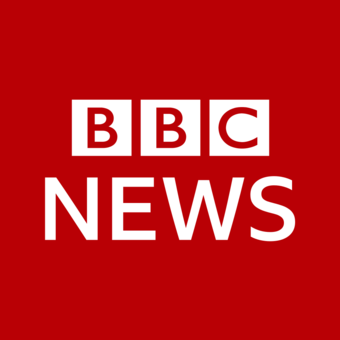 2 months ago
81
2 months ago
81 
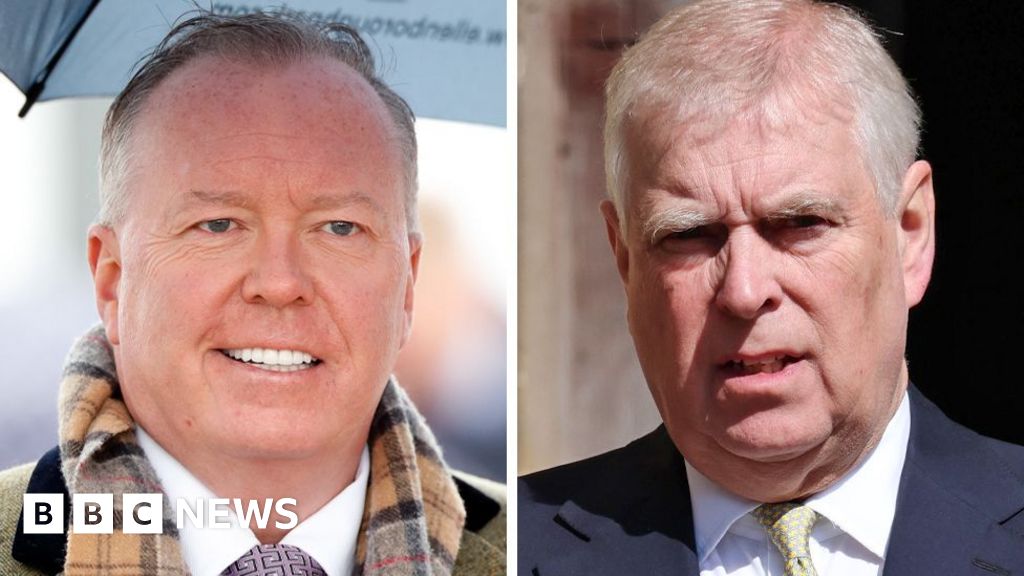

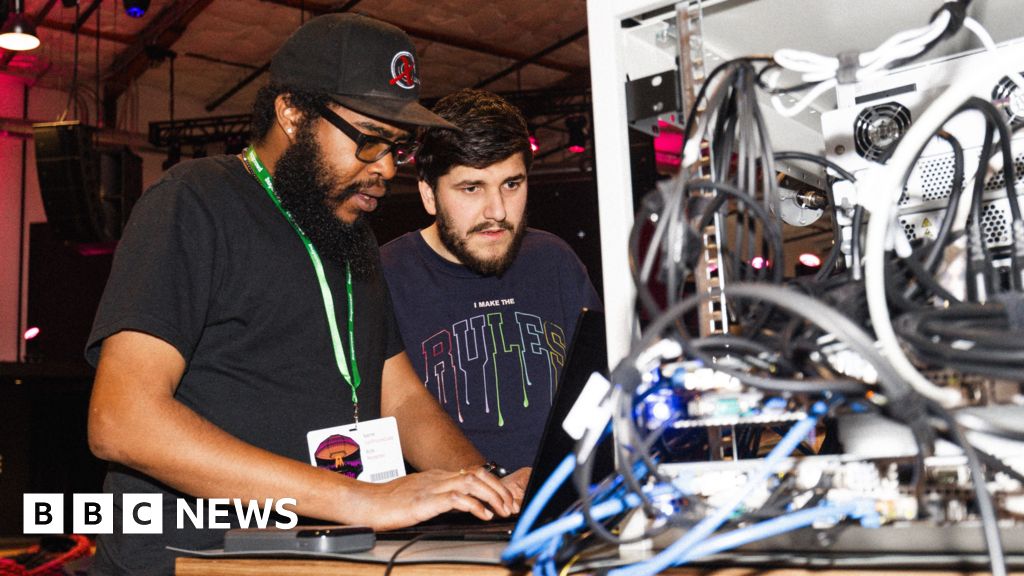
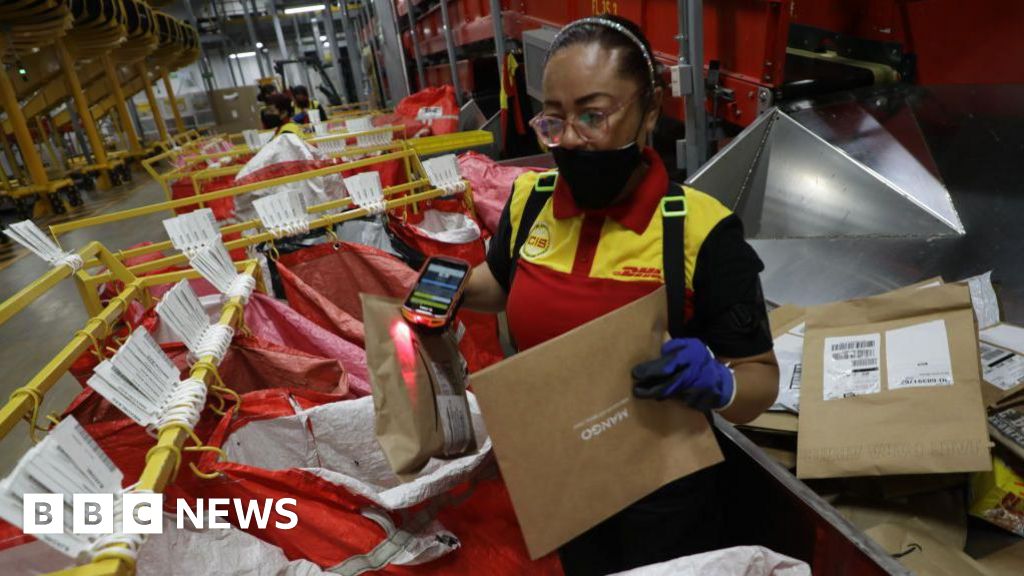
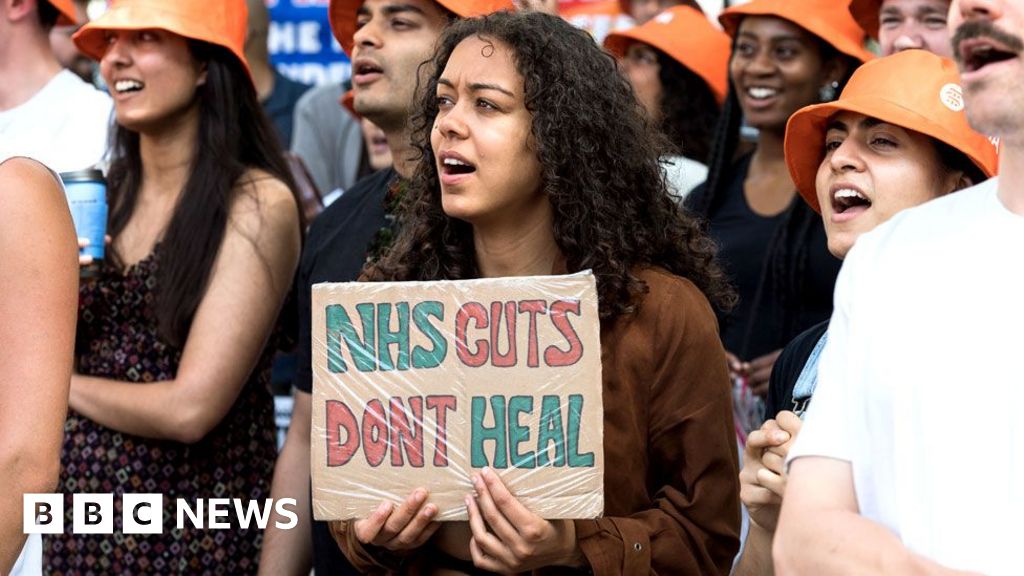

![Presidents Day Weekend Car Sales [2021 Edition] Presidents Day Weekend Car Sales [2021 Edition]](https://www.findthebestcarprice.com/wp-content/uploads/Presidents-Day-Weekend-car-sales.jpg)



 English (United States)
English (United States)